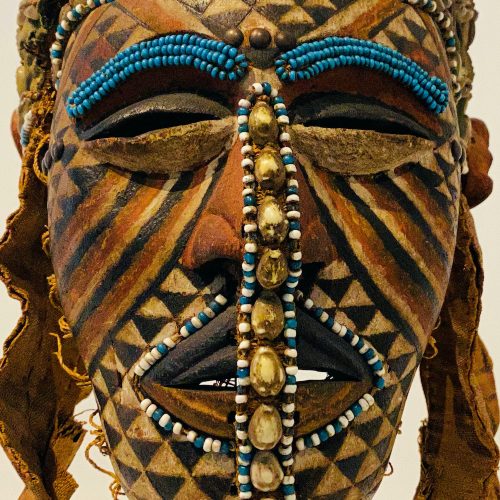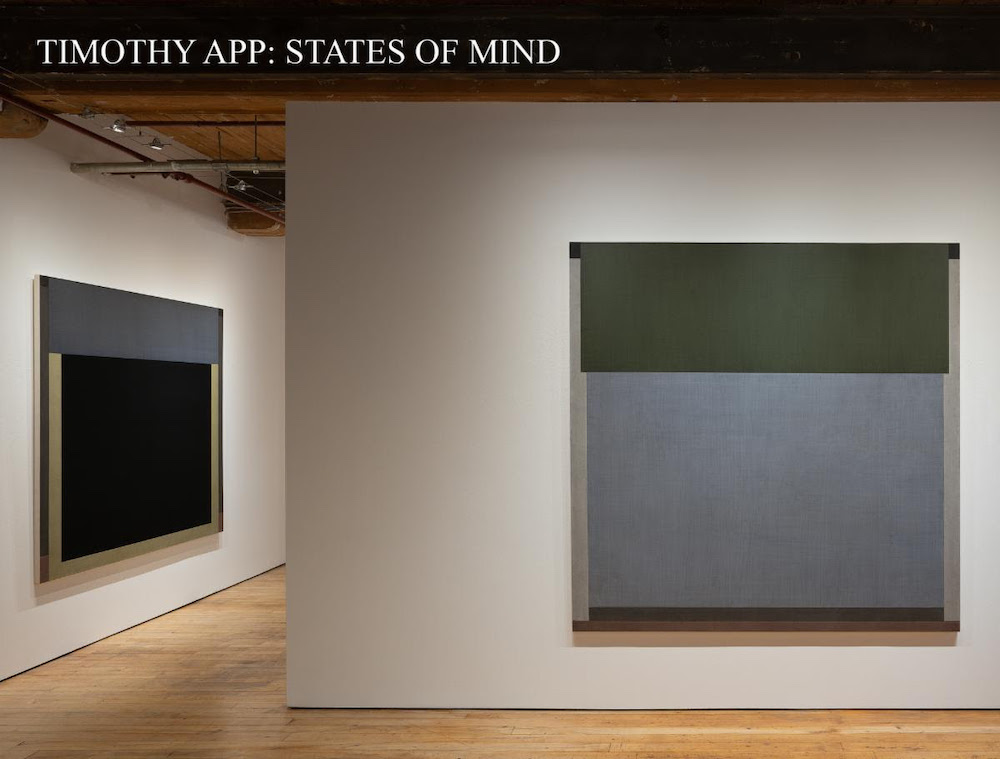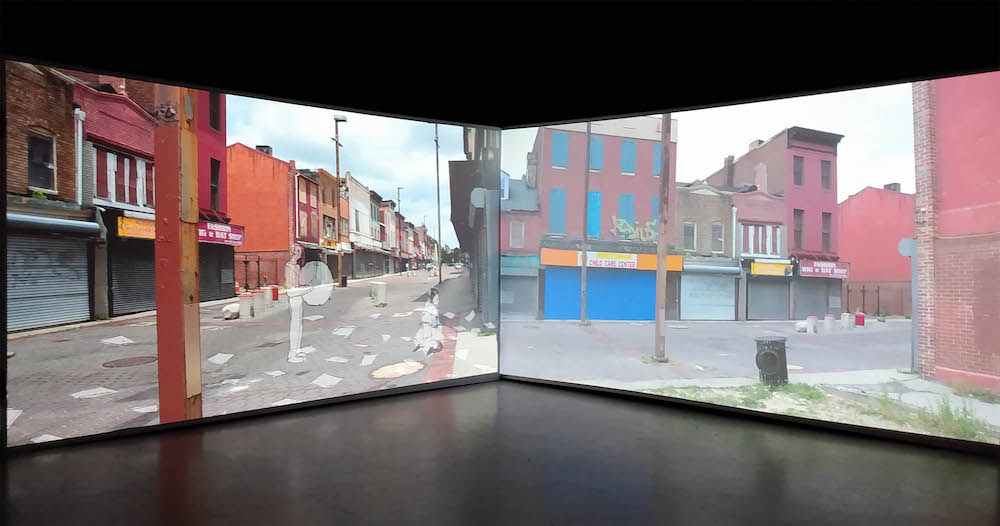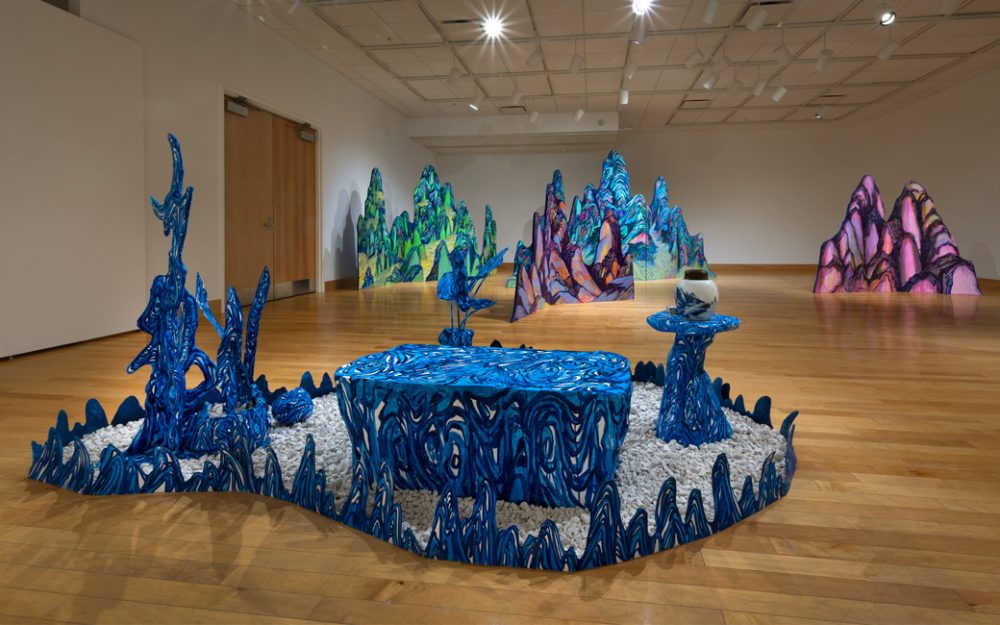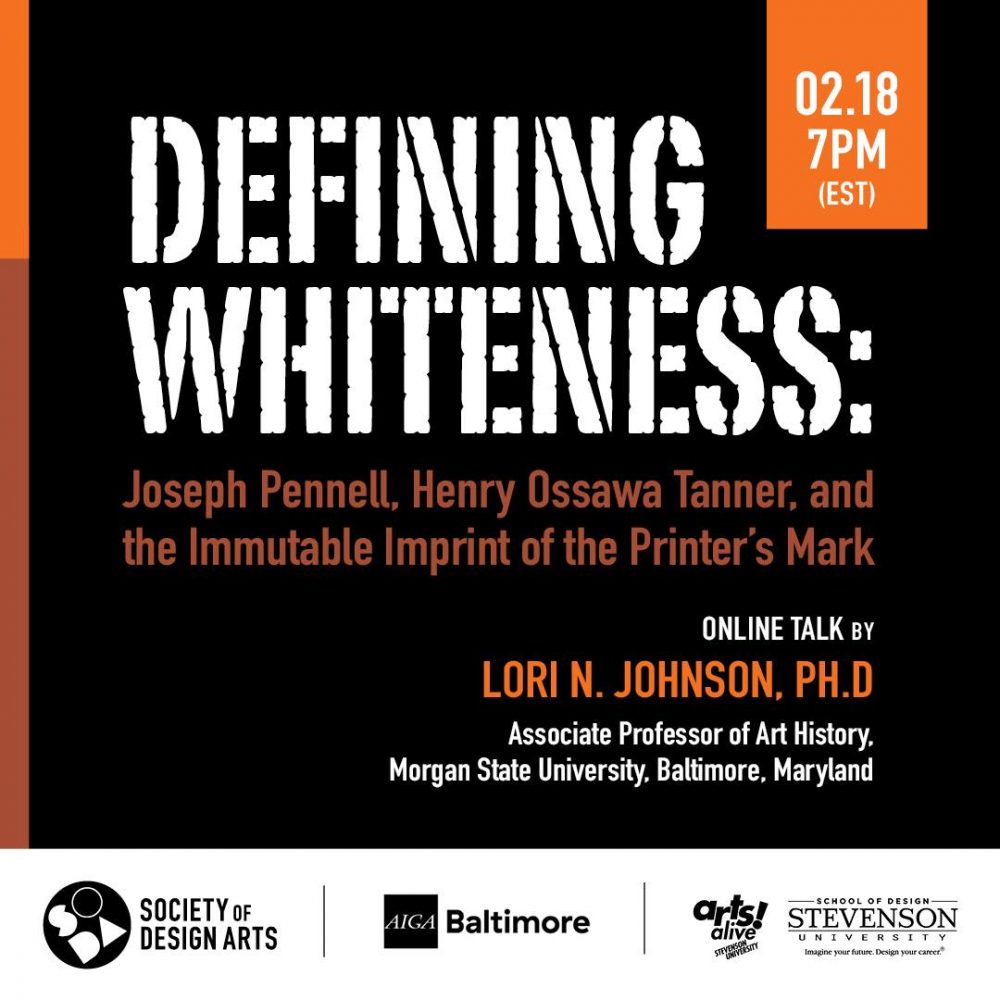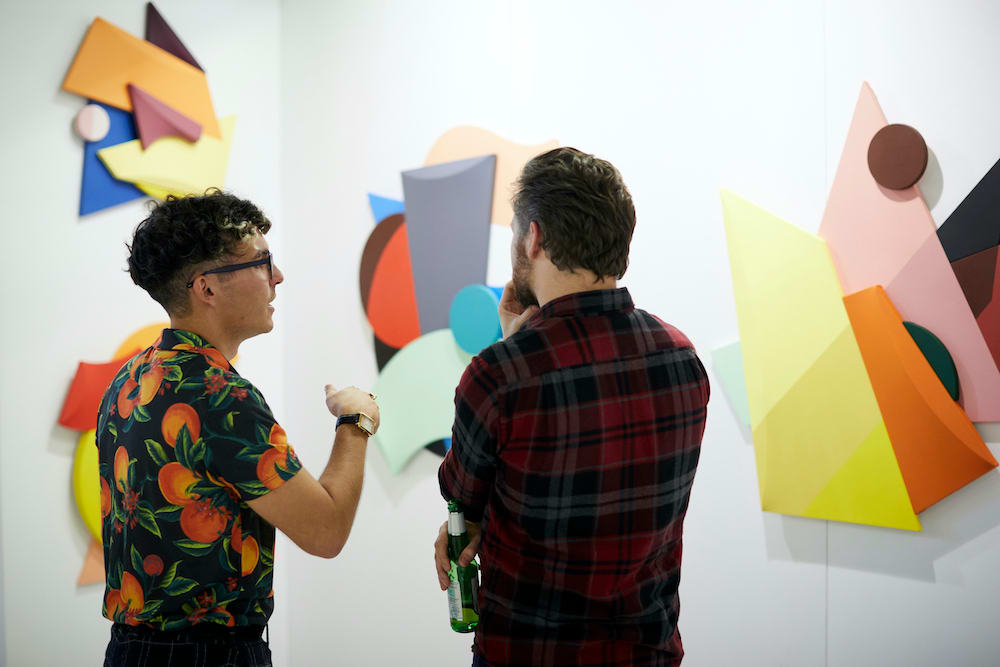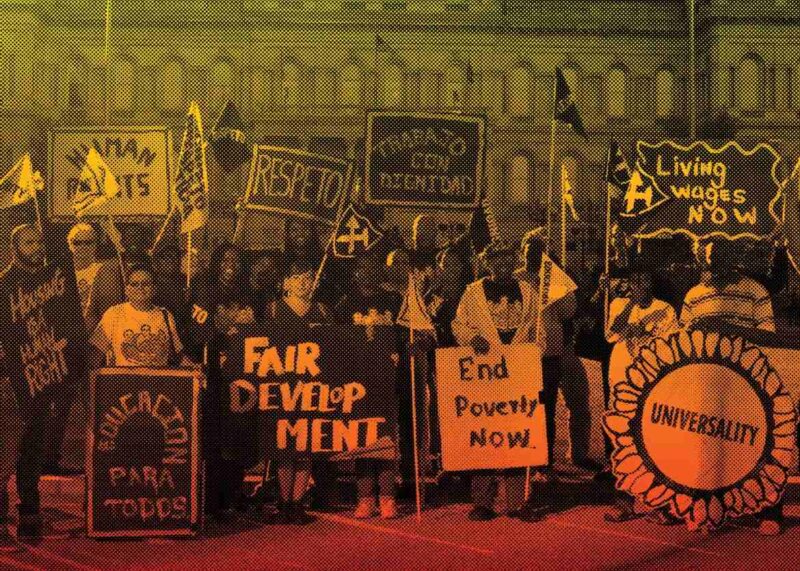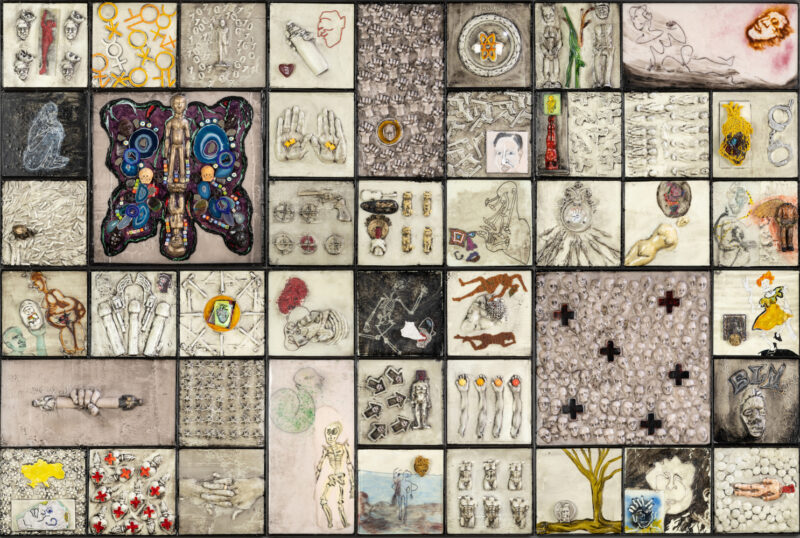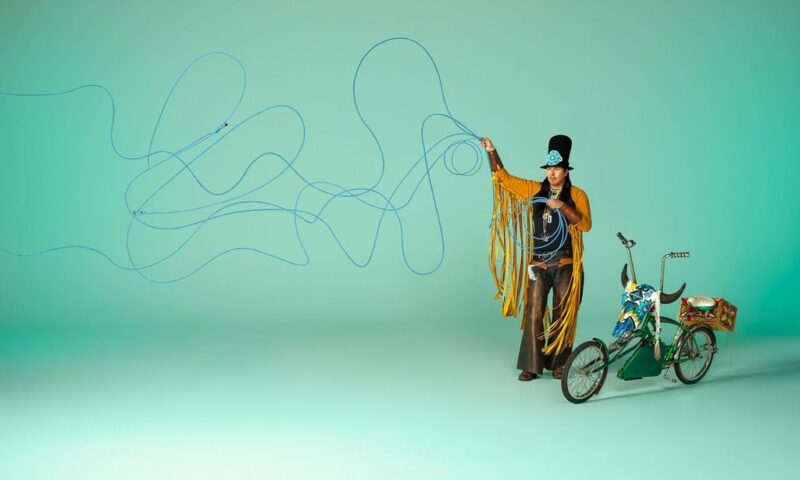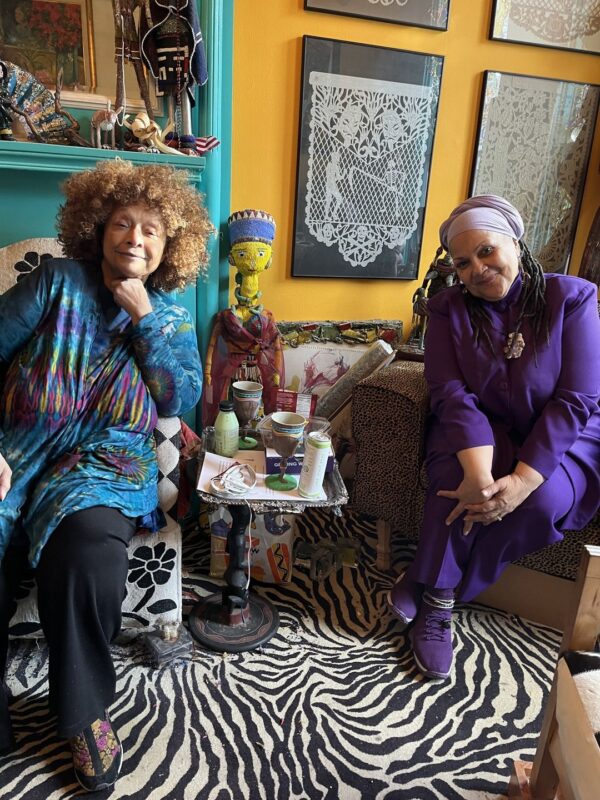Phaan Howng: A Bag of Rocks for A Bag of Rice
ongoing through May 15
@ Asian Arts & Culture Center at Towson University
Exquisitely disposed rocks and trees and vegetation. The promise of an inspired space of meditation and detachment. Such has been of the Westernized image of the Chinese and Japanese garden. Yet such enchanted “natural” spaces camouflage histories of empire, wealth, privilege, and exploitation of labor responsible for ecological extraction and displacement in order to create these private environments.
Fascinated by the human desire to create heterotopias (worlds within worlds, mirroring and yet distinguishing themselves from what is outside) through landscaping, Howng channels her heritage and uses Towson University’s Asian Arts Gallery as a site-specific platform to engage East Asian gardens as a case study. She suggests that the managed gardening practices and aesthetics implemented by those in positions of power and wealth were, historically speaking, aspects of a world-wide trend of appropriation and domination that led to our current global climate crisis.
Howng’s installation represents the Chinese garden by treating the gallery like a theatrical set. Taking cues from Ji Cheng’s (計成) manual “The Craft of Chinese Gardens” (園冶 yuán yě) written sometime in 1631 and 1634 — to create “artificial mountains” (假山 Jiǎshān) out of rocks — and researching the inspirations and motivations behind the creation of private gardens during the Ming Dynasty, Howng creates her own idealized mountain landscape and garden.
The exhibition title, “A Bag of Rocks for a Bag of Rice” refers to the process of creating a famous Zen garden in Kyoto visited by writer Italo Calvino. In his essay, “The Obverse of the Sublime,” he wrote about a tour of the perfectly harmonious space. The guide unwittingly revealed the human exploitation which made possible the consummate landscape: “These stones were brought here three centuries ago from every part of Japan. The Emperor rewarded whomever brought him a bag of stones with a bag of rice.”
Reflecting on Calvino’s essay, Howng inserts herself as both artist and laborer. Instead of simply painting landscapes on paper, hung on the wall, she physically constructs and paints mountains in three-dimensional space to be walked around. Made of cut plywood, they are hinged together, mimicking a mountain-scape and room divider.
Howng exaggerates all of the “unnaturalness” in contemporary gardens today. Consider how we use particular grasses, trees, and bushes from other regions, displaced and then replaced thus displacing indigenous plants. What about other “unnatural” but natural looking features: rubber mulch, fake rocks with speakers in them, a fountain?
Howng also mines objects from her studio that represent elements of Chinese landscape paintings — scholar’s rock, fauna, and more — and repaints them in the color scheme of Chinese porcelain to highlight their value as precious objects and the luxury items that imperial and colonial cultures define them as. She surrounds these objects with rocks purchased from Home Depot as well as fine blue and white porcelain from the Asian Arts and Culture Center’s historic art collection. But surrounding the garden Howng creates a barrier which prevents uninvited guests from sitting in and taking in the space, causing us to wonder about who has access to these gardens.
Thanks in part to COVID-19, to exacerbate this, the gallery and space acts as another layer to her concept — who has access?
Howng hopes that bringing these connections to light will inspire people to rethink how they cultivate their own gardens and adapt their practices to provide for a better ecological future.
Phaan Howng wishes to acknowledge that her exhibition was created and takes place on the ancestral lands of the Paskestikweya People which is known today as Baltimore and Towson. She humbly offers her respects to the Piscataway community for the privilege of having this exhibition due to the direct and indirect violence of settler communities. She hopes that this exhibition can help further the understanding of the slow violence that has been inflicted on indigenous people, plants and animals in Maryland and around the world as a result.
